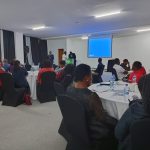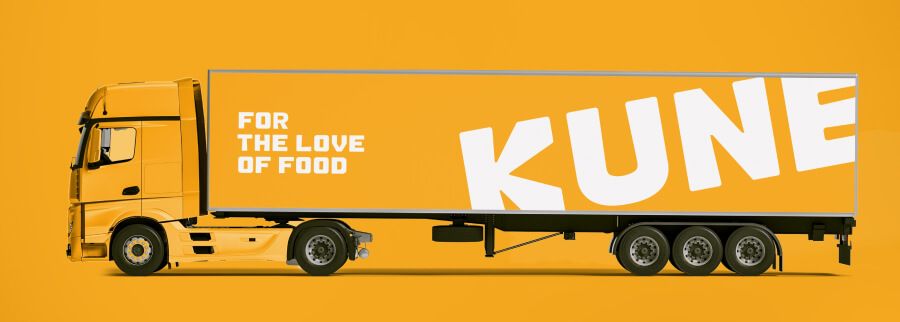BACKGROUND
The COVID 19 crisis has hit the country hard. This has disrupted the livelihoods of millions of Kenyans affecting their ability to put food on the table and roof over their heads. There is a need to create a fund to offer livelihood support until this crisis is resolved.
The use of mobile money is prevalent in Kenya and the borrowing of money using mobile phones is not a new thing. As at 30th September 2019, there were 23.61 million monthly active MPESA accounts.
Given the high rates of corruption in the country, the best way to cushion the poor is by disbursing cash directly to their MPESA accounts.
To avoid the risks of people without need seeking funding the money is to be disbursement in the form of a loan based on the assumptions and terms below.
BASIC ASSUMPTIONS AND RULES
1. Each person to receive KShs 100 per day
2. The average household size as per the 2019 census was four people. Therefore the maximum allowed per MPESA account per day is KShs 400 or KShs 2,800 per week
3. It is hard to tell which MPESA account belongs to a married person or a single person. To prevent the risk of a married couple borrowing twice, the amount per household to be disbursed in two equal portions. Thus, one MPESA account can only borrow KShs 200 per day. This will disadvantage single-parent households but I can’t think of a better way of balancing the issue
4. To avoid the risk of fraud whereby a person registers multiple MPESA accounts and uses them to borrow, only one MPESA account per ID to be used to access the fund
5. In case like the current one where the quarantine is geographically restricted the borrowing to be limited using geo-location services. This is hard to implement since not all phones have GPS but Safaricom can use telephone base transmitter stations to locate borrower. Not sure how accurate this is
6. To avoid further risks only one financial institution to be allowed to disburse the funds. This should be KCB since it is substantially government-owned and has the mobile lending platform in place. If you use many financial institutions then it is hard to tell who has borrowed from which and the daily limit can be violated
7. The elderly who are not in Inua Jamii programme to be assisted with phones and setting up of MPESA accounts and on accessing the funds
PROPOSALS ON THE FUND AND DISBURSEMENT
1. The government should release at least KShs 30 Billion to the selected financial institution
2. This money should be lent via mobile phones at no more than an annual percentage rate equivalent to CBK’s Central Bank Rate, which now stands at 7.25%
3. This money should have a 60-day repayment moratorium/grace period on both principal and interest component
4. The repayment duration for these mobile loans should be at least one year
5. The amount to be lent to each person should be based on the set daily limit
6. All CRB negative statuses should be suspended for 60 days or as long as necessary and anyone with a mobile money account should be allowed to borrow regardless of CRB situation
7. Depending on how the situation continues to unfold, more funds should be committed to this
8. In future, the borrowed amounts might be waived by the government depending on how things turn out
BENEFITS OF THE PROPOSED APPROACH
1. Given the high corruption prevalence in Kenya, this is the best way to distribute aid while fighting graft, fraud and arbitrage risks
2. It removes the need for parallel logistics to distribute food. This would present a logistic nightmare of sourcing for food in bulk and transporting it door to door
3. Removes the possibility of corruption in identifying beneficiaries. Only those in need to borrow the money will do so based on their needs. It is not necessary to borrow the maximum daily limit or to borrow at all. For instance, if your household is made up of less than four people you should borrow according to the size of your household
4. It serves as an economic stimulus as people will spend money on items of their choice. This means that sellers of all manner of food items will benefit and there will be no need to spend the money on imports. It will benefit local people
5. Deals with nutrition aspects as it is better than distributing standard food items. Some people have special nutrition needs which can’t be taken care of in mass food disbursement
6. Also avoids the issue of people congregating in large groups to receive food aid
7. Besides, there is no stress of the embarrassment that would come from having to line up for food aid or be identified by others as needy
8. This model can be used in case of other future emergencies with necessary improvements based on the initial experience
Parliament should consider legislating this into law.
This article was first shared by Ephraim Njenga


















